Upgrading wheels is a crucial step for many cyclists to enhance their riding performance, appearance, and even weight control. But for cyclists who are changing wheels for the first time, if they don’t know the relevant knowledge in advance, it is easy to fall into some common "pitfalls".
This article will help you understand the 5 most common mistakes made when changing road wheels for the first time, helping you spend less money and take fewer detours, and buy the wheels that suit you.
Mistake 1: Ignoring the compatibility of the brake system
Rim brake and disc brake wheels are not universal!
This is the most basic and most easily overlooked problem. Road bikes are divided into two braking systems: Rim Brake and Disc Brake, and the wheels they match have essential differences in structural design.

Rim brake wheels: There must be brake edges on both sides of the rim, and the outer width is usually narrower; Disc brake wheels: There is no brake edge on the rim, and there must be a disc mounting position (6 blot or Center Lock), and the shaft specifications are also different.
How to avoid this:
Before purchasing a wheel set, confirm whether your vehicle has rim brakes or disc brakes, and make sure that the wheel set's braking system is fully compatible. Of course, you can also consult our customer service, and all your questions will be answered!
Mistake 2: Only looking at the appearance, not considering the usage scenario
"Deep rims look cool, but they may not be suitable for you."
Many novices see the domineering appearance of high-rim wheels (usually greater than 50 mm) and place an order directly. However, although high-rim wheels have excellent aerodynamic performance, they are not suitable for everyone.

First, let's understand the characteristics of wheels with different rim heights:
(1) Low-rim wheels (≤35mm) are lightweight and have strong climbing performance. They are suitable for mountain bikes, climbers, and novices.
(2) Medium-rim wheels (36-50mm) are a comprehensive choice and the most applicable. Most cyclists choose this rim height.
(3) High-rim wheels (>50mm) are also the most aerodynamic and offer the highest benefits when maintaining high speeds. However, the high frame also has the disadvantage of poor wind resistance, so we only recommend high-frame wheels for riding on flat roads, high speeds, and TT stages with low slopes.
How to avoid:
Choose the frame height according to your riding style, route type, and physical strength level, and don't blindly pursue appearance.
Mistake 3: Ignoring the matching of tire and rim width
“The tire cannot be installed” or “the tire shape is weird” may be improper matching.
Modern wheel sets are getting wider and wider, and tires also have different width specifications. Changes in the inner and outer widths will affect the support shape, aerodynamic performance, and comfort of the tire. For example:
25mm outer width rim + 28C tire: excellent match
32mm outer width rim + 23C tire: deformed tire shape, poor grip
How to avoid:
Choose a width combination that matches the tire and rim. Of course, when you don’t know the choice, 25- 28C is a good choice for road wheels, 30- 40C is a good partner for melon bikes, and mountain bikes generally only need to meet the minimum standards. We suggest that 40C or above is more compatible.
Mistake 4: Not considering the compatibility of the freehub
Shimano, SRAM, and Campagnolo freehubs are not universal!

The freehub (i.e., the flywheel mounting position) of the wheel set also has different types. The most common ones are:
Shimano HG (for Shimano)
SRAM XDR (for SRAM 12-speed flywheel)
Campagnolo freehub (for Campa system)
How to avoid:
Confirm your gear system brand and speed before purchasing, and choose a wheel set with the corresponding freehub, or ask us if the freehub can be replaced.
Error 5: Ignoring the balance between overall weight and rigidity
"Only looking at weight, the wheel set is not rigid enough", or "too rigid, but tiring".
Lightweighting is the main motivation for upgrading wheels, but blindly pursuing lightness may sacrifice rigidity, affecting acceleration and cornering support. Riders with heavier weight or higher output especially need more rigid wheels.

How to avoid:
Choose a suitable wheelset based on your own weight and riding intensity. Major brands usually mark the recommended weight range or test standards, such as ASTM grade.
Summary: Before choosing a wheelset, think about the following 5 things
(1) Is my brake system are rim brake or disc brake?
(2) Is my main riding scenario climbing, flat roads, or long distances?
(3) What size tire do I use? Does the wheel width match it?
(4) How many speeds does my flywheel have? What brand system is it?
(5) Do I need a higher wheel rigidity based on my weight and riding intensity?
Of course, you can choose to consult our customer service! These are not a problem~


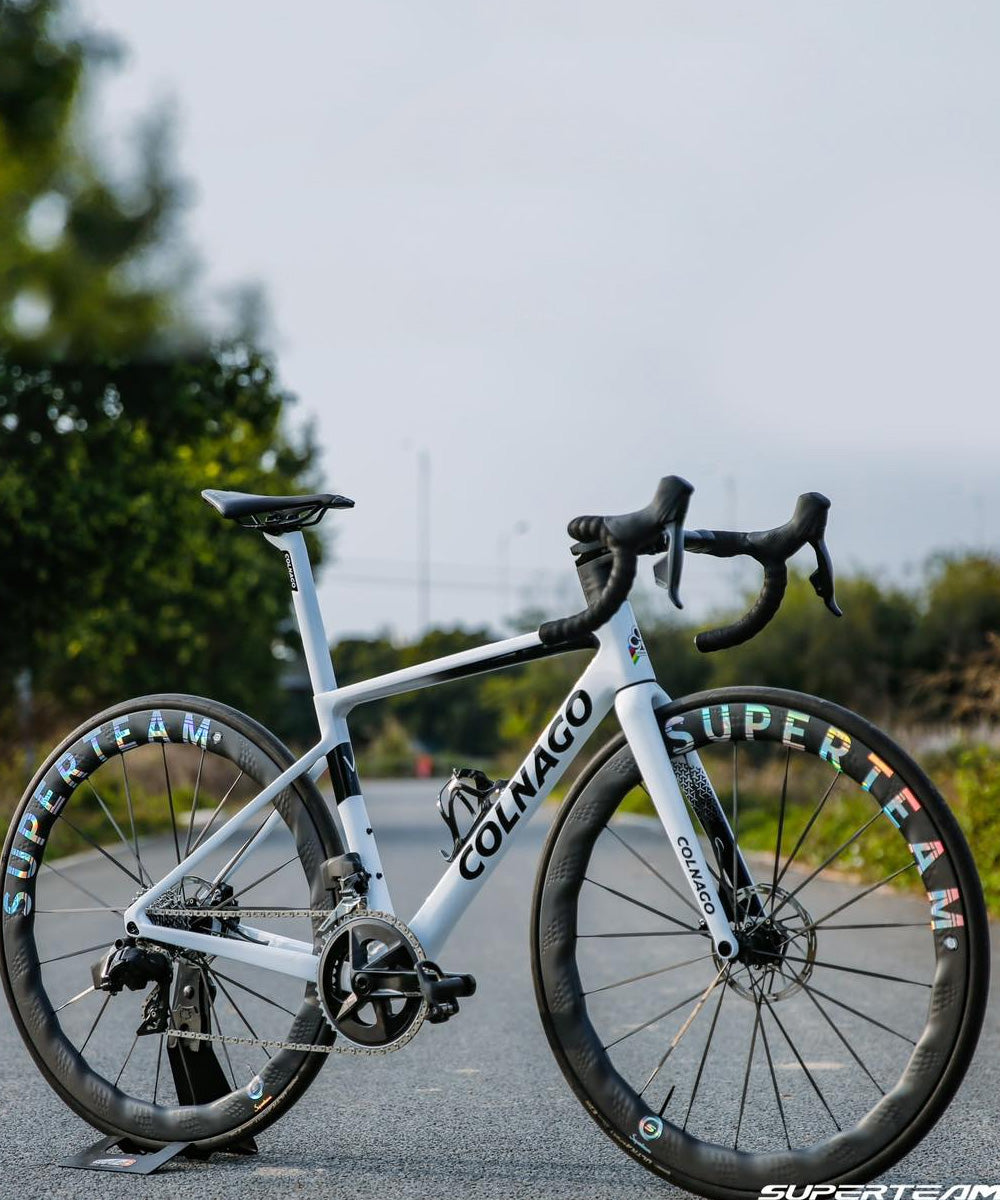
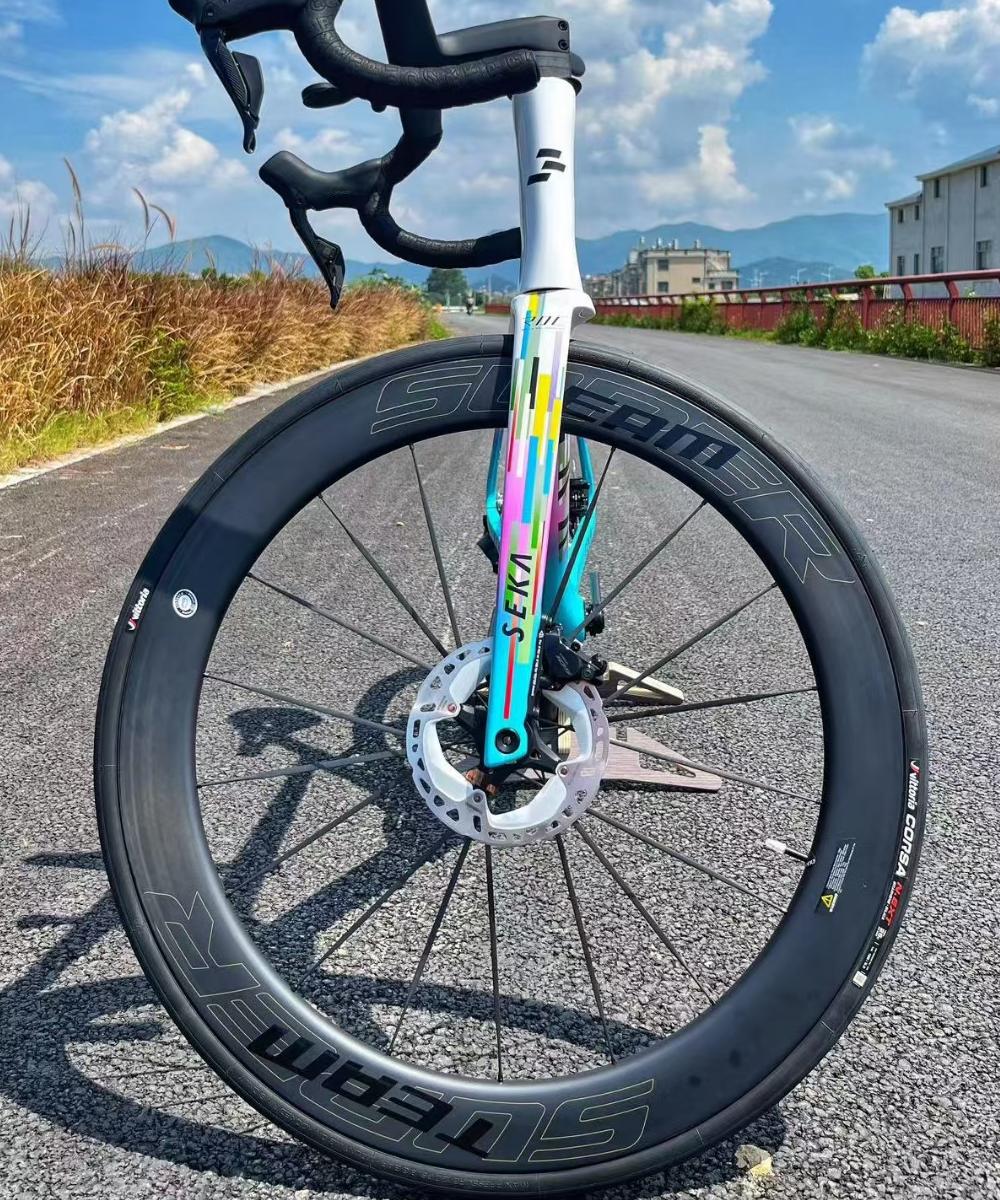
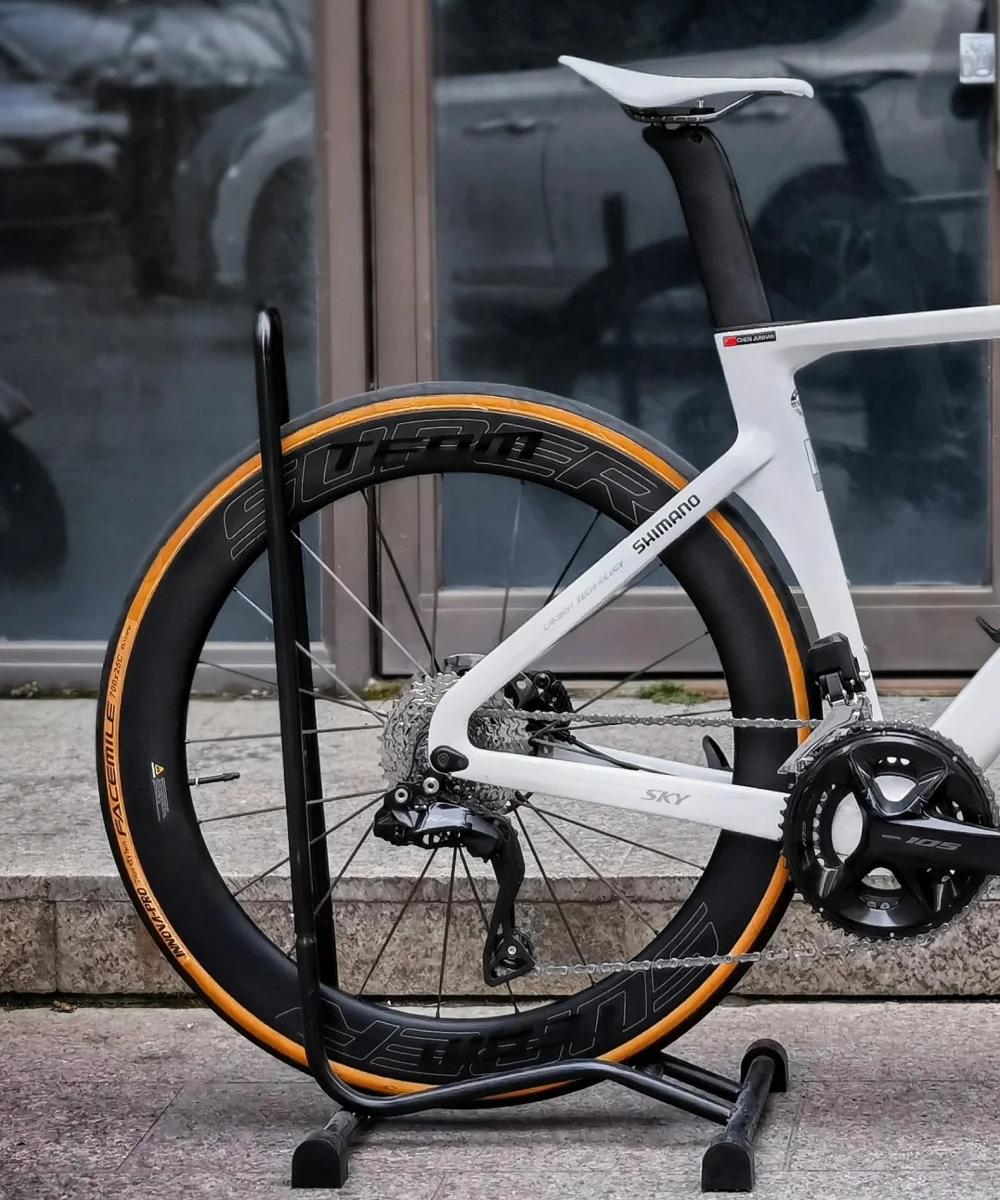
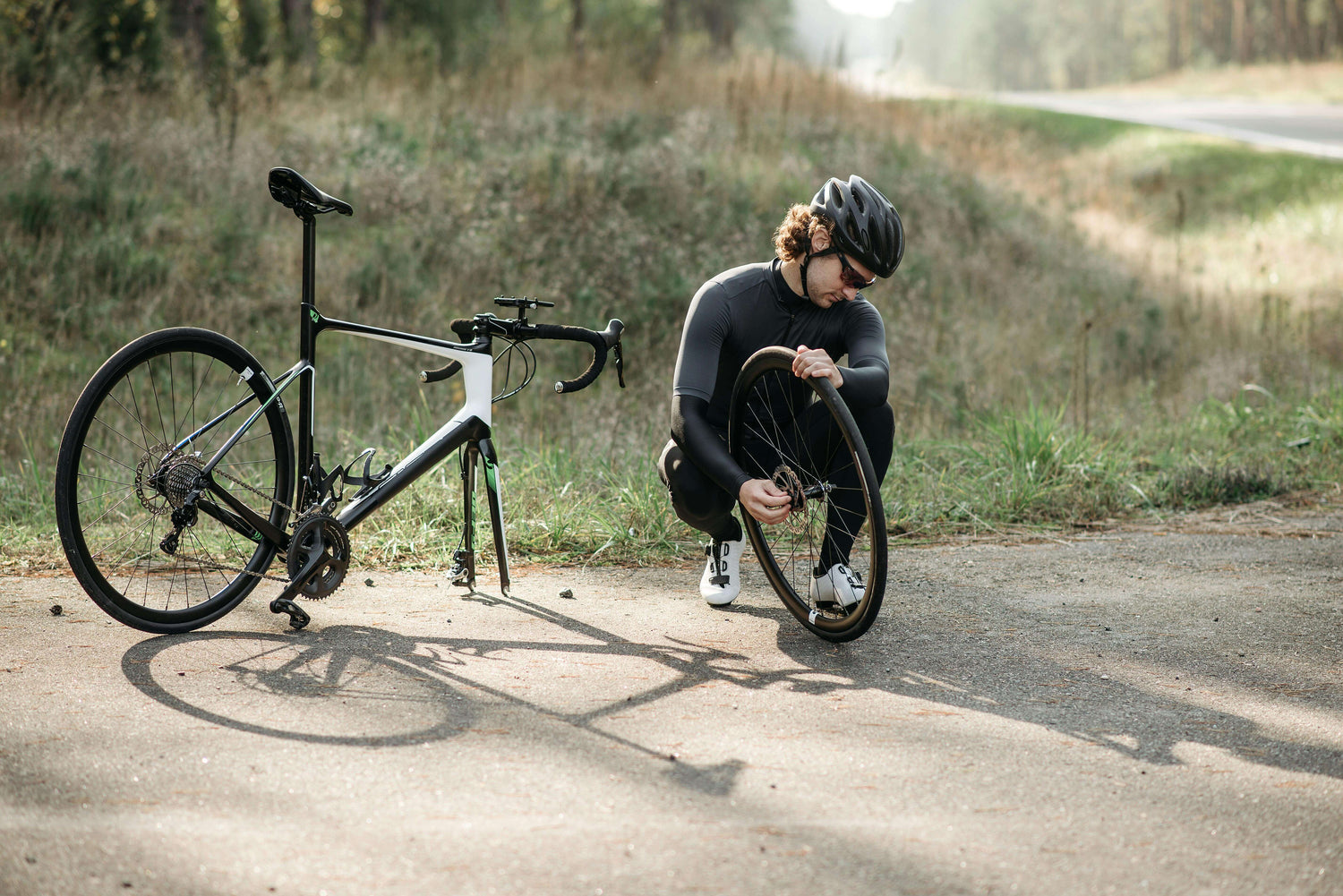

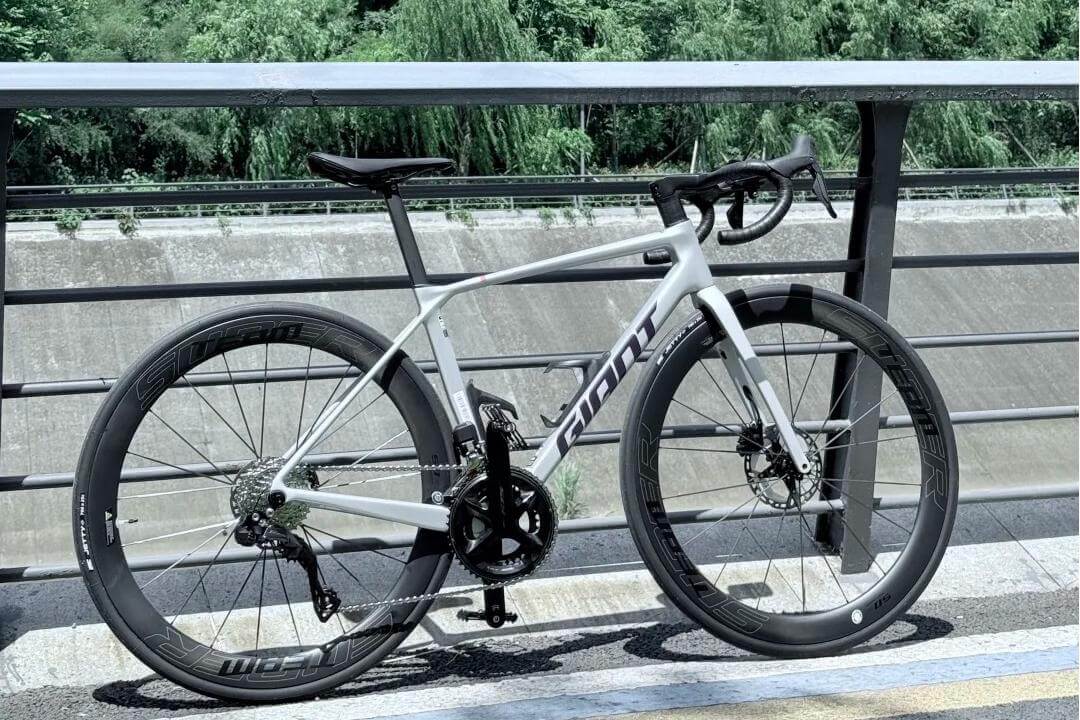
Leave a comment
All comments are moderated before being published.
This site is protected by hCaptcha and the hCaptcha Privacy Policy and Terms of Service apply.